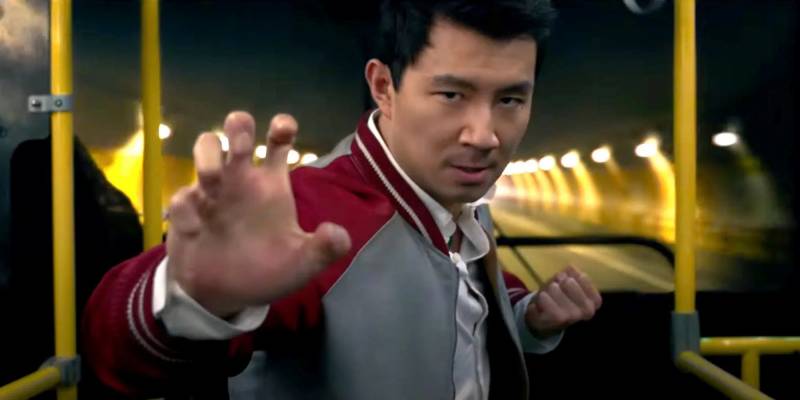As an Asian American growing up in a predominantly white Bay Area community, I never saw much Asian representation, if any, in movies or on TV. When I did, Asian characters were always sidekicks who got minimal screen time and then never reappeared in sequels. With the exception of Doctor Strange’s Wong, played by Benedict Wong, and Spider-Man’s Ned Leeds, played by Jacob Batalon, most Asian characters in superhero films are thrown into the background. Seeing these one-dimensional portrayals infuriates me because Asian Americans are incredibly diverse in terms of ethnicity, class, cultural background and language. There is no singular, defining Asian American experience.
Marvel’s Shang-Chi and the Legend of the Ten Rings shows none of the typical “model minority” stereotypes. The protagonist, Shang-Chi (Simu Liu), has a job as a valet driver for the Fairmont Hotel in San Francisco. He isn’t some hot-shot doctor or a successful lawyer; he parks cars for tips and lives in a garage in a back alley of the city.
His best friend, Katy, played by Awkwafina, lives with her mom, grandma and younger brother, and is also a Fairmont valet driver—a point of contention with her mother. Katy knows and understands some Chinese, but as we discover later in the film, she’s far from fluent. Shang-Chi and his sister, Xialing, played by Meng’er Zhang, understand and speak the language. These complex family and cultural dynamics are refreshing, and stand in contrast to the flat Asian characters we typically see in film.
The film has all the characteristics of a classic Chinese martial arts film: well-choreographed fights that are almost like dances, the traditional Chinese music, accurate costumes (especially with the Ta Lo villagers) and even creatures from Chinese mythology. Simu Liu’s performance as Shang-Chi is raw and real. During the more serious and sad moments, you can tell what his character is feeling as his emotions emanate from the screen.
It made me happy to see a Marvel film portray Asian characters with nuance, and even happier to know that this film is succeeding in the box office. People are embracing Shang-Chi the character, which is a big deal after all the violence Asians and Asian Americans have been through during the COVID-19 crisis.


